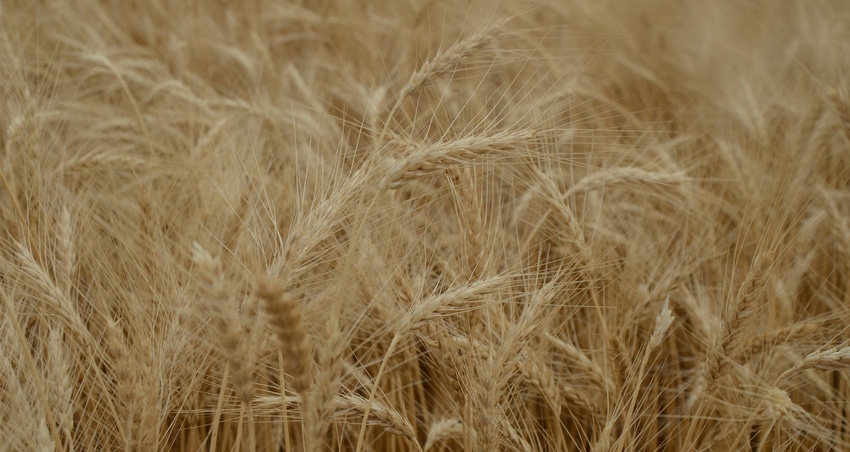
Since 2017, the University of Nebraska-Lincoln's West Central Research and Extension Center at North Platte has hosted a farm management competition that emphasizes profitability and input-use efficiency through its Testing Ag Performance Solutions program.
Each year, the TAPS program has added a new competition, starting with center pivot-irrigated corn in 2017. Pivot-irrigated grain sorghum was added in 2018, and subsurface drip-irrigated corn was added in 2019. For 2019 and 2020, a new competition was added at the High Plains Ag Lab near Sidney, Neb. — a dryland winter wheat competition.
While growing winter wheat brings a few new hurdles and components to the competition, Cody Creech, Nebraska Extension dryland cropping systems specialist and one of the organizers of the wheat competition, notes the other competitions in North Platte helped set the foundation.
For 2019-20, 20 teams are competing in the winter wheat competition, including five UNL teams.
"We have teams that are across Nebraska and into Kansas and Colorado, so we have three states represented," Creech says. "We're fortunate that we have a few years of the other TAPS competitions under our belts, and we've learned a lot from those. It presents new challenges and things we're going to have to overcome as well."
In the Nebraska Panhandle, many growers weren't familiar with the TAPS competition, and Creech says the program started from ground zero.
Like the other competitions, participants in the winter wheat competition make a number of management decisions that ultimately affect profitability, efficiency and yield. These include planting populations, variety, in-furrow fertilizer applications, topdress fertilizer applications, fungicide applications at flag leaf, crop insurance, and marketing decisions.
The biggest differences are the lack of irrigation, the addition of a fungicide application option to give growers a chance to get a handle on diseases such as stripe rust, and factoring in wheat protein content.
"We're actually going to use wheat protein as we create a new input-use efficiency equation," Creech says. "The equation we use is going to be slightly different than the one they use in the other contests where they consider irrigation and fertilizer applied compared to yield. We're going to be looking at the amount of nitrogen applied, in conjunction with the percent protein in the grain, and also yield to determine our efficiency."
Because growers market their grain as part of the competition, discounts and premiums based on protein content also are factored in. Although Creech notes without irrigation, there is an added risk associated with marketing.
"The plot doesn't have a lot of residual nitrogen, so there should be a good response to applied N," Creech says. "It's hard to predict where you're going to be. We're hoping we're going to have an average around 50 bushels per acre, but it could be anywhere from 40 to 60 bushels. So growers will have to make a determination where they'll fall, their yield goal and protein content."
Of course, like the other competitions, participants have a myriad of marketing options. Creech notes growers can use any strategy they may choose when marketing their grain on their own operation, including hedge-to-arrive and forward contracts. Growers can market right up until harvest.
"We had one grower recently contract with a place in Omaha, so you can market anywhere," Creech says. "He did a contract with freight-on-board, where the buyer will pick it up in the field."
Creech adds the biggest challenge will be the short window between the end of the current competition and the 2020-21 competition.
"After we harvest in July, we have just a few weeks to get the data turned around, and we'll have our annual year-end banquet around Aug. 15," he says. "We have a little less than a month to wrap up the contest, and it will pick up again at the year-end banquet because we have to plant wheat a few weeks later. However, it's also the perfect time to provide an educational opportunity for growers — seeding rate, variety, fertility, what worked and what didn't."
The winter wheat competition was made possible thanks to support from the Nebraska Wheat Board. To learn more about the competition, e-mail Creech at [email protected].
About the Author(s)
You May Also Like






